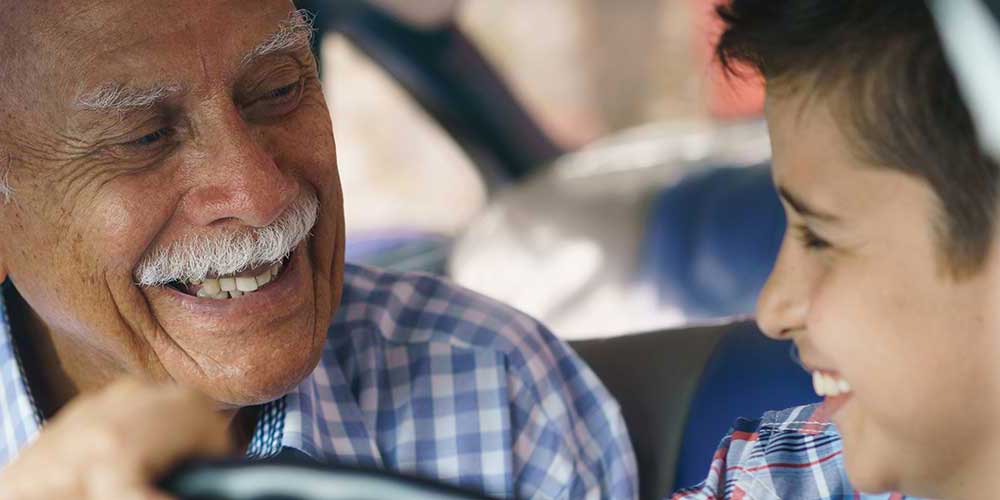By Robert Tate, Automotive Historian and Researcher
Images courtesy of the National Automotive History Collection
Posted: 12.17.2017
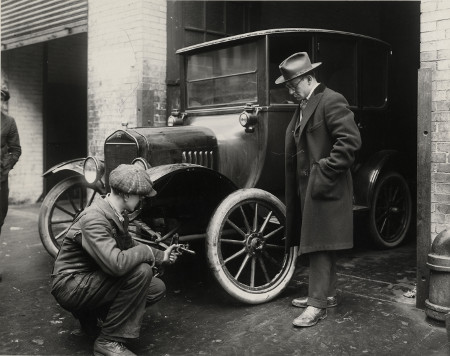
For many years, American automobile manufacturers and service stations alike have emphasized the importance of maintenance and repair when owning and operating an automobile.
During the early days when automobiles had left the factory, the routine maintenance and repair was largely left up to the owner as the auto repair industry was still in its formative stages. For the early generations of cars and car drivers, how long an automobile remained in good operating condition was left up to the owner and their routine service visits. Before the days of computer and technology most automotive service garages and/or dealerships relied on employees that were skilled and worked with their hands to use the right equipment to service the automobile. 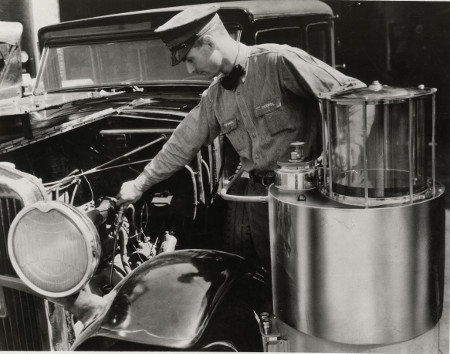
Many early auto dealers started out of existing garages. Business owners of the early dealership soon discovered they could create a market not just for sales but for repair as well. Between 1900 and 1930 the American automobile business was built by tinkerers and visionaries and the repair and maintenance industry was no different. In 1932, automobile manufacturing reached its lowest point since 1918 and the advent of the used car rose to great prominence in the automotive community.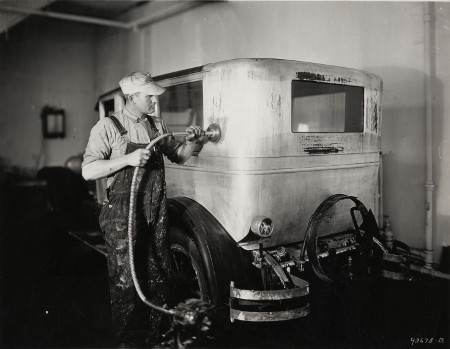
During the Great Depression, many consumers held onto their vehicles for longer periods of time and the lubrication of the vehicle became a matter of great importance to extend its running life. Author and Automotive Historian Robert Genat wrote, “The Depression of the early 1930s proved devastating for the marginally financed automakers. Dealerships for the top-selling cars survived the drought by virtue of their parts and service departments for maintenance and repair of consumer automobiles.”
The typical driver from 1900 to 1932 had neither the time, the tools, nor the technical training to master all of the details of automotive mechanics. There were both good and poor repair shops and service stations during the early days of the automotive industry. The good shops employed a high-grade mechanic who took a personal and continuing interest in keeping many automobiles in good running condition for a reasonable price. 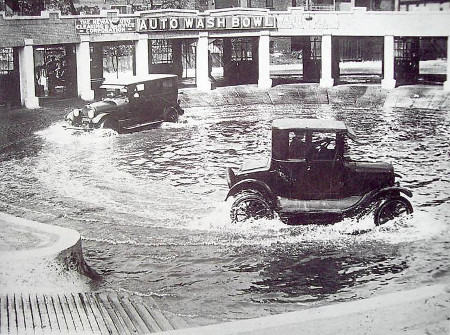
During the early days, older vehicles had their chassis lubricated on a regular basis because many of the chassis parts were exposed to dust, dirt, rain and many other problems related to unpaved roads. In 1921, the auto “Wash Bowl” was invented to easily clean the dirt from the underbelly of the vehicle. For 25 cents, motorists could drive their vehicles around a washbowl to remove the mud and dirt from the running gear. The vehicle would later be sprayed with forced water and polish and wiped down. The Wash Bowl could handle between 75 to 100 vehicles an hour.
During the early days, much effort had already been put forth by American tire manufacturers to produce a successful detachable rim and tire. In 1907, American industrial icon Firestone Tire and Rubber Co. had developed the first all-rubber non-skid tread - the first practical means of giving the motorist more traction and greater safety for the automobile driver. In 1923, Firestone developed the original balloon tire that completely revolutionized automobile design. Tire life was very important during the early days because of road conditions and other wear that would occur.
In conclusion, as part of a growing consumer interest in owning automobiles starting from the dawn of transportation and the early days, many consumers have always maintained and protected their vehicles.
For further information on photos please visit http://www.detroitpubliclibrary.org/ or email This email address is being protected from spambots. You need JavaScript enabled to view it.. Please do not republish the story and/or photographs without permission of MotorCities National Heritage Area.
Bibliography:
Genat, Robert. “The American car dealership” MBI publishing Company 2004.


